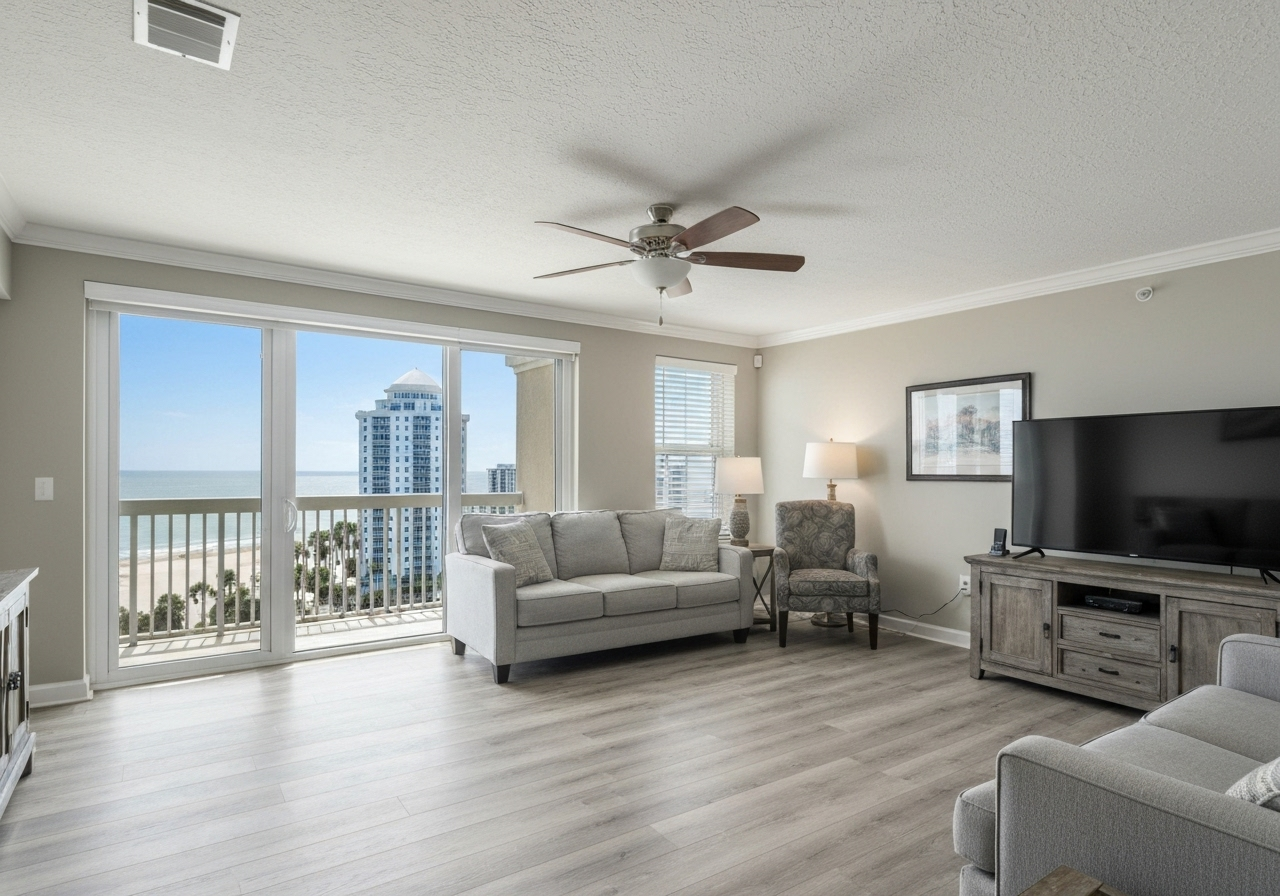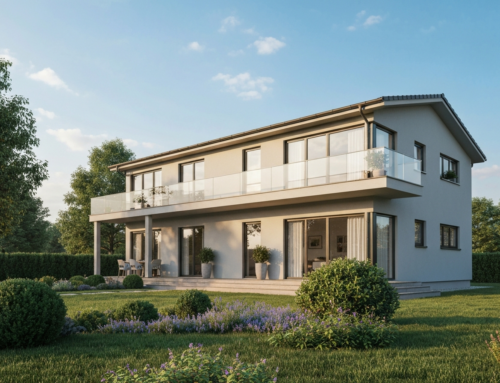Protecting Your Condo in North & South Carolina: Why Insurance Matters
Owning a condominium in the vibrant states of North and South Carolina offers a unique blend of convenience, community amenities, and prime locations, from coastal retreats to bustling city centers. However, this appealing lifestyle comes with a distinct set of insurance considerations that differ significantly from traditional homeownership. While your condominium association likely maintains a master insurance policy for the building and common areas, it’s a common and critical oversight for individual unit owners to assume this master policy provides all necessary coverage. The reality is that personal protection for your unit’s interior, your belongings, and your personal liability is often not included. This is where comprehensive North & South Carolina Condo Insurance becomes indispensable.
Recent trends show increasing homeowners insurance premiums across the Carolinas, partly due to more frequent and severe natural disasters and rising construction costs. This makes understanding and securing the right coverage even more crucial for condo owners. Without proper personal condo insurance, you could face significant out-of-pocket expenses for damages to your unit or personal property, even if the building itself is covered by the association’s policy.
Understanding North & South Carolina Condo Insurance: What is an HO6 Policy?
For most condominium owners, the primary form of personal coverage is an HO6 condo insurance policy. This specialized policy is designed to fill the crucial gaps left by the condominium association’s master policy. While the master policy typically covers the exterior structure, shared amenities like roofs, lobbies, and elevators, and common area liability, the HO6 policy is often referred to as “walls-in” or “studs-in” coverage.
An HO6 policy specifically protects the interior of your individual condo unit, from the drywall and flooring to built-in fixtures and personal belongings. In North Carolina, while state law mandates condominium associations to carry insurance for common property and individual units built after October 1986, individual unit owners are generally not legally required to carry HO6 insurance. However, mortgage lenders almost universally require it to protect their investment, and many condo association bylaws also make it mandatory. The South Carolina Horizontal Property Act, passed in 1962, similarly requires associations to have a master policy for property and liability, emphasizing the need for individual unit owners to also secure coverage for their personal belongings.
Key Coverages of Your HO6 Condo Policy Explained
An HO6 policy is comprehensive, offering several key layers of protection tailored for condo ownership:
- Dwelling Coverage (Interior Unit): This component is paramount, covering damage to the interior structure of your specific unit. This includes the walls, ceilings, floors, cabinetry, built-in appliances, and any improvements or alterations you’ve made to the original unit. For example, if you upgraded your kitchen countertops, this coverage would help rebuild them after a covered loss.
- Personal Property Coverage: Your furniture, electronics, clothing, jewelry, and other personal belongings are protected under this section. It covers losses due to perils like fire, theft, and vandalism. When choosing this coverage, it’s essential to understand the difference between actual cash value (ACV) vs. replacement cost (RC). Replacement cost pays for new items, while ACV accounts for depreciation.
- Personal Liability Protection: This is a critical coverage that protects you if someone is accidentally injured while inside your condo unit or if you unintentionally cause property damage to others. It covers legal defense costs and settlement amounts up to your policy limits. For a deeper dive into this vital protection, refer to the ultimate guide to homeowners liability.
- Loss Assessment Coverage: As a condo owner, you share ownership and responsibility for common areas. If the condo association’s master policy limit is exhausted due to a major loss (e.g., extensive hurricane damage to the roof) or a large liability claim in a shared space, the association may levy a “loss assessment” against all unit owners. This coverage helps pay your share of such unexpected costs. More details on this can be found in our article on loss assessments for homeowners and condo owners.
- Additional Living Expenses (Loss of Use): If a covered peril, like a fire, renders your condo uninhabitable, this coverage helps pay for temporary housing, meals, and other increased living expenses while your unit is being repaired.
It is important to note that standard HO6 policies typically exclude certain perils, such as flood damage and earthquakes. For these risks, separate flood insurance policies are often necessary, especially in coastal or high-risk areas. Understanding when you need flood insurance is crucial for comprehensive protection. Learn more about flood insurance policies.
HOA Master Policy vs. Your Personal HO6: Bridging the Coverage Gaps
A fundamental distinction in condo insurance lies between the Homeowners Association (HOA) master policy and your individual HO6 policy. The master policy, paid for through your HOA dues, is designed to cover the building’s exterior, common areas (like hallways, clubhouses, and pools), and the association’s liability for incidents within these shared spaces. However, the exact scope of this coverage can vary significantly, leading to potential gaps that your personal HO6 policy must address.
There are generally three types of HOA master policies:
- Bare Walls-In: This provides the most limited coverage, typically only insuring the basic structure of the building, including the exterior walls, roof, and foundation. With a bare walls-in policy, individual condo owners are responsible for everything inside their unit, including interior walls, fixtures, cabinetry, flooring, and personal property. This type requires the most comprehensive HO6 policy.
- Single Entity: This expands coverage beyond bare walls to include original fixtures and standard finishes within each unit, such as basic cabinetry and plumbing fixtures. However, it usually does not cover any upgrades or personal property.
- All-In (Modified Single Entity): This is the most comprehensive master policy, covering the building’s structure, common areas, and often the original fixtures, improvements, and alterations within individual units. While more extensive, it typically still excludes personal property and certain liability scenarios unique to the unit owner.
The “Real-World Lesson Overlooked by Others” is the critical importance of reviewing your specific HOA’s master policy documents. Many condo owners incorrectly assume full coverage, only to find themselves financially vulnerable when a disaster strikes their unit. For instance, if an upstairs neighbor’s water leak damages your unit, and your HOA’s master policy is “bare walls-in,” your HO6 policy is what will cover the damage to your interior and belongings. Without it, you would bear the full financial burden.
While North Carolina law requires HOAs and condo associations to maintain property and liability insurance, these are minimums. State laws and governing documents typically do not mandate that individual unit owners carry personal condo insurance, but mortgage lenders and association bylaws often do. This dual-layer insurance system ensures that while the collective property is protected, individual investments and liabilities within private units are also safeguarded. Understanding these nuances is key to bridging any coverage gaps and ensuring complete protection for your condo investment.
Securing Your Condo Investment: Next Steps for Carolina Residents
Protecting your condo investment in North or South Carolina requires a proactive and informed approach to insurance. Given the unique aspects of condo ownership and the potential for coverage gaps between your HOA’s master policy and your personal needs, securing robust North & South Carolina Condo Insurance is not merely a recommendation but a necessity for financial peace of mind.
To ensure you have adequate protection:
- Review Your HOA’s Master Policy: Obtain a copy of your condominium association’s master insurance policy. Understand exactly what it covers (e.g., bare walls, single entity, or all-in) and what its deductibles and limits are. This will clarify what your personal HO6 policy needs to cover.
- Assess Your Personal Needs: Take an inventory of your personal property to determine its replacement cost. Consider any upgrades or renovations you’ve made to your unit that might exceed the master policy’s coverage. Evaluate your personal liability risks.
- Compare Quotes and Coverage Options: Don’t settle for the first quote. Research and compare policies from various reputable insurance providers specializing in condo insurance. Look at coverage limits, deductibles, and available endorsements (such as identity theft or increased coverage for valuables). Many resources, including Insurance.com and Insuranceopedia, provide valuable comparisons and average costs for condo insurance in the Carolinas.
- Consult an Independent Agent: An independent insurance agent can be an invaluable resource. Unlike captive agents who represent a single insurer, independent agents work with multiple carriers, allowing them to shop around for the best coverage at the most competitive rates. They can also provide personalized advice and ensure your policy aligns perfectly with your specific circumstances and the nuances of your HOA’s master policy. For more insights on this, refer to our article on tailoring your home insurance with an independent agent.
- Regularly Review Your Policy: Your insurance needs can change over time due to renovations, new purchases, or shifts in local risks. It’s wise to review your HO6 policy annually with your agent to ensure your coverage remains up-to-date and comprehensive.
By taking these essential steps, you can bridge potential coverage gaps, mitigate financial risks, and safeguard your significant investment in your North or South Carolina condominium. Being informed and adequately insured provides the confidence to truly enjoy your condo living experience.
Visit our Contact Us page to learn more.






